- Home
- Pumps
- Straight Self Priming Submersible Centrifugal Pumps
- Straight Centrifugal Pumps Motors Impellers Seals
.....Read More

Chemical-Resistant Pedestal-Mount Straight Centrifugal Pumps

Chemical-Resistant Straight Centrifugal Pumps
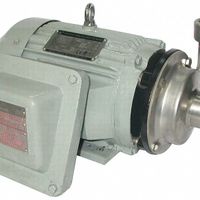
Hazardous-Location Straight Centrifugal Pumps
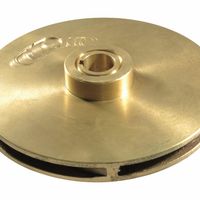
Impellers for Straight Centrifugal Pumps
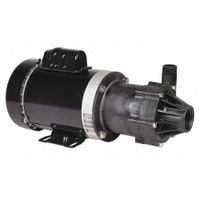
Magnetic-Drive Straight Centrifugal Pumps

Motors for Straight Centrifugal Pumps
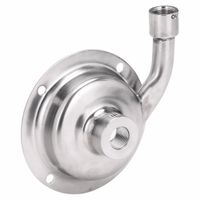
Pump Heads for Straight Centrifugal Pumps
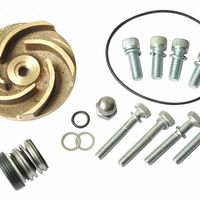
Seal Kits & Gaskets for Straight Centrifugal Pumps

Shaft Sleeves for Straight Centrifugal Pumps
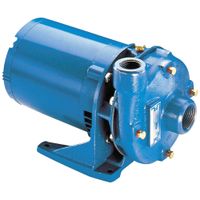
Straight Centrifugal Pumps
Frequently Asked Questions
What is a straight centrifugal pump?
How does a straight centrifugal pump work?
What are the applications of straight centrifugal pumps?
How do you maintain a straight centrifugal pump?
What are the common issues with straight centrifugal pumps?
How do you select the right straight centrifugal pump for your needs?
What are the key components of a straight centrifugal pump?